Recombinant Human BCL2L11 protein(Ala2-Arg120), His-tagged
| Cat.No. : | BCL2L11-133H |
| Product Overview : | Recombinant Human BCL2L11 (NP_006529.1) (Ala2-Arg120) was expressed in E. coli with a polyhistide tag at the N-terminus. |
- Specification
- Gene Information
- Related Products
- Case Study
- Application
- Download
| Species : | Human |
| Source : | E.coli |
| Tag : | His |
| Protein Length : | Ala2-Arg120 |
| Form : | Lyophilized from sterile 50mM Tris, 10% Glycerol, pH 8.0. Normally 5 % - 8 % trehalose, mannitol and 0.01% Tween80 are added as protectants before lyophilization. |
| Molecular Mass : | The recombinant human BCL2L11 consists of 130 amino acids and predicts a molecular mass of 15 KDa. |
| Purity : | > 90 % as determined by SDS-PAGE |
| Storage : | Samples are stable for up to twelve months from date of receipt at -20°C to -80°C. Store it under sterile conditions at -20°C to -80°C. It is recommended that the protein be aliquoted for optimal storage. Avoid repeated freeze-thaw cycles. |
| Reconstitution : | It is recommended that sterile water be added to the vial to prepare a stock solution of 0.2 ug/ul. Centrifuge the vial at 4°C before opening to recover the entire contents. |
| Gene Name | BCL2L11 BCL2-like 11 (apoptosis facilitator) [ Homo sapiens ] |
| Official Symbol | BCL2L11 |
| Synonyms | BCL2L11; BCL2-like 11 (apoptosis facilitator); bcl-2-like protein 11; BIM; BimEL; BimL; BOD; bcl2-L-11; bcl-2 interacting protein Bim; bcl-2-related ovarian death agonist; bcl-2 interacting mediator of cell death; BAM; BIM-beta6; BIM-beta7; BIM-alpha6; |
| Gene ID | 10018 |
| mRNA Refseq | NM_001204106 |
| Protein Refseq | NP_001191035 |
| MIM | 603827 |
| UniProt ID | O43521 |
| ◆ Recombinant Proteins | ||
| BCL2L11-2582H | Recombinant Human BCL2L11 protein, His-SUMO-tagged | +Inquiry |
| BCL2L11-7198Z | Recombinant Zebrafish BCL2L11 | +Inquiry |
| BCL2L11-991M | Recombinant Mouse BCL2L11 Protein, His (Fc)-Avi-tagged | +Inquiry |
| BCL2L11-150H | Recombinant Human BCL2L11 Protein, GST-tagged | +Inquiry |
| BCL2L11-133H | Recombinant Human BCL2L11 protein(Ala2-Arg120), His-tagged | +Inquiry |
| ◆ Cell & Tissue Lysates | ||
| BCL2L11-60HCL | Recombinant Human BCL2L11 lysate | +Inquiry |
Case 1: Weber A, et al. EMBO Rep. 2016
Bim, part of the Bcl-2 family, plays a big role in determining whether normal or cancer cells are likely to go through apoptosis, which is just a fancy term for cell death. Typically, Bim levels decrease because it's broken down by the proteasome after getting tagged and altered through ERK-dependent phosphorylation and ubiquitination. We've uncovered that a deubiquitinase known as Usp27x binds to Bim when it's phosphorylated and can boost its expression. Overexpressing Usp27x counteracts ERK-dependent ubiquitination of Bim, stabilizes it, and promotes apoptosis in certain stimulated cells and tumors with active Raf/ERK pathways. Without Usp27x, the degradation of Bim by cancer-driven Raf increases. Overexpressing Usp27x triggers some apoptosis in melanoma and NSCLC cells and greatly boosts apoptosis when ERK signaling is blocked. Also, removing Usp27x reduces apoptosis in NSCLC cells when they're treated with an EGFR inhibitor.
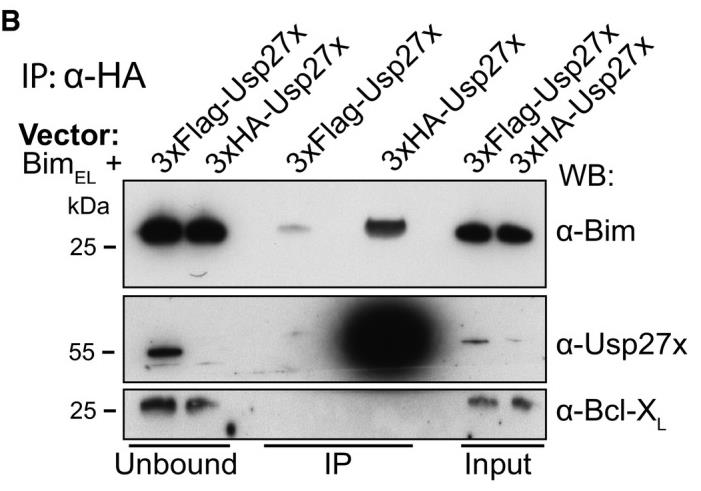
Fig1. 293FT cells were transfected with expression constructs for untagged BimEL together with 3xFlag-Usp27x or 3xHA-Usp27x.
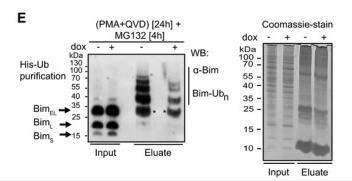
Fig2. Usp27x expression reduces ubiquitination of Bim.
Case 2: Lu L, et al. Biomacromolecules. 2024
In tackling non-small-cell lung cancer (NSCLC), where multiple genomic changes occur simultaneously, single-gene therapies often fall short. To boost effectiveness, we developed a multigene nanovector called NP-TP53-BIM-PTEN using branch-PCR. This nanovector delivers three therapeutic genes—TP53, BIM, and PTEN—into NCI-H1299 cells, effectively causing cell death at a rate of 94.9% while reducing cell growth by 42%. In mice with NCI-H1299 tumors, it significantly suppressed tumor growth without any obvious side effects. These findings suggest that NP-TP53-BIM-PTEN could be an effective and safe multigene approach for improving NSCLC treatment, paving the way for advanced genome therapy strategies.
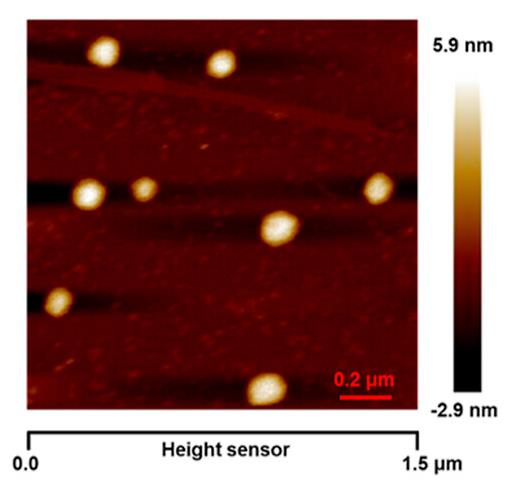
Fig1. Morphology analysis of NP-TP53-BIM-PTEN with AFM characterization.
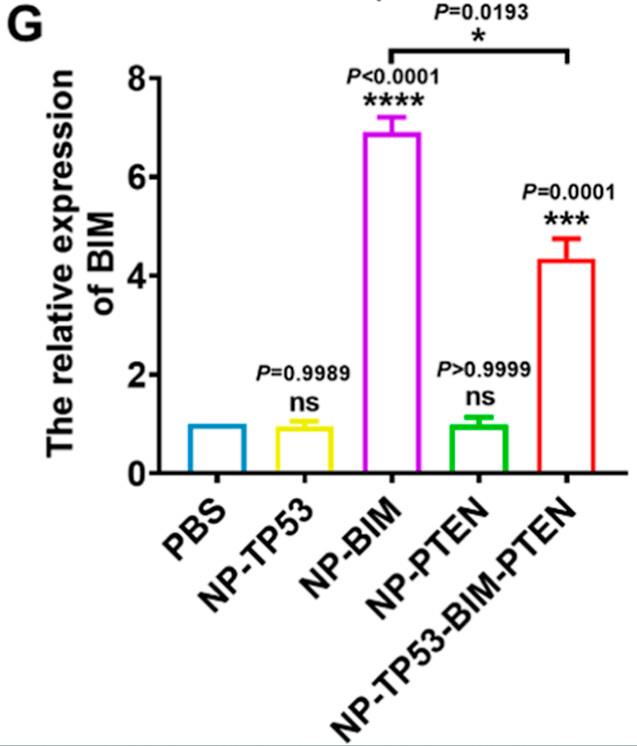
Fig2. Protein expression levels of BIM was semiquantified in tumors treated with NP-TP53-BIM-PTEN.
Recombinant Human BCL2L11, or BIM, is a key player in controlling cell death and sees a variety of uses in both research and industry.
When it comes to research, scientists use rhBCL2L11 to dive into how cells decide to live or die. As part of the BCL-2 family, this protein interacts with others to trigger pathways that lead to cell death. It's crucial for releasing cytochrome c and activating enzymes that promote apoptosis by making the mitochondrial outer membrane more permeable. Researchers also explore its role in different health conditions and its potential as a biomarker for monitoring responses to some therapies, like anti-PD-1 treatments. Exploring its interactions with proteins such as USP27X offers deeper insights into how cell death is regulated and its therapeutic possibilities.
In the industrial arena, rhBCL2L11 is churned out for crafting new cancer treatments. Given its role in cancer development, it's a prime target for chemotherapy drug discovery. Producing this recombinant protein aids in creating standardized reagents for laboratories, ensuring consistent results in experiments. Plus, it enables the production of antibodies and diagnostic tools essential for tracking and studying BCL2L11 in biological samples, crucial for new therapies targeting this protein.
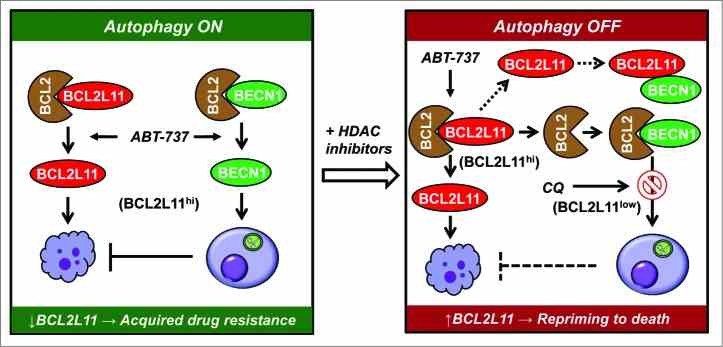
Fig1. A mechanism for the role of autophagy in BCL2L11-targeting strategies. (Yun Dai, 2015)
Not For Human Consumption!
Inquiry
- Reviews (0)
- Q&As (0)
Ask a Question for All BCL2L11 Products
Required fields are marked with *
My Review for All BCL2L11 Products
Required fields are marked with *



